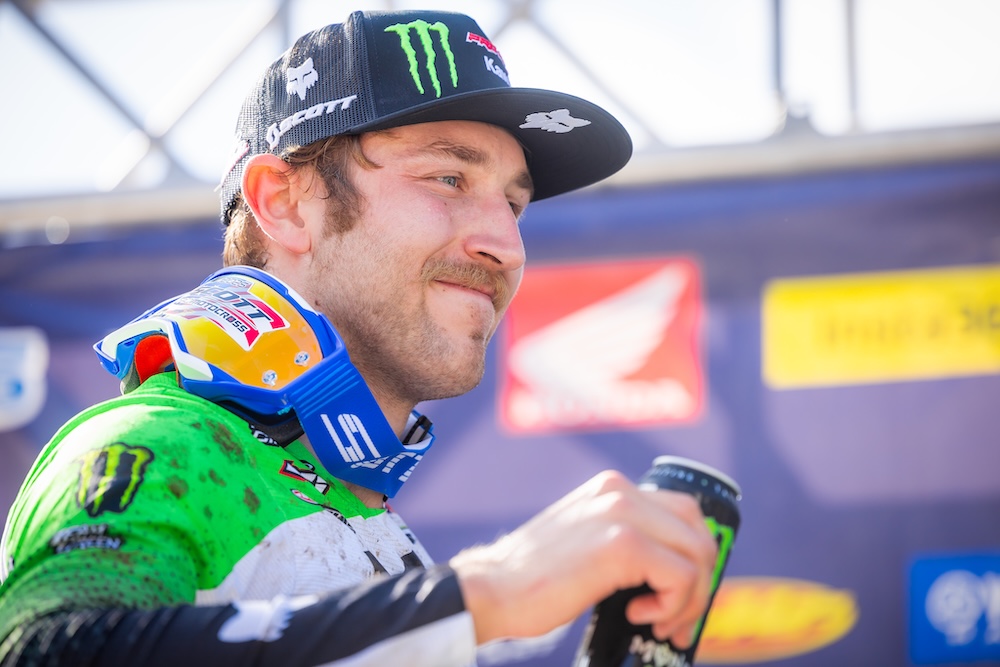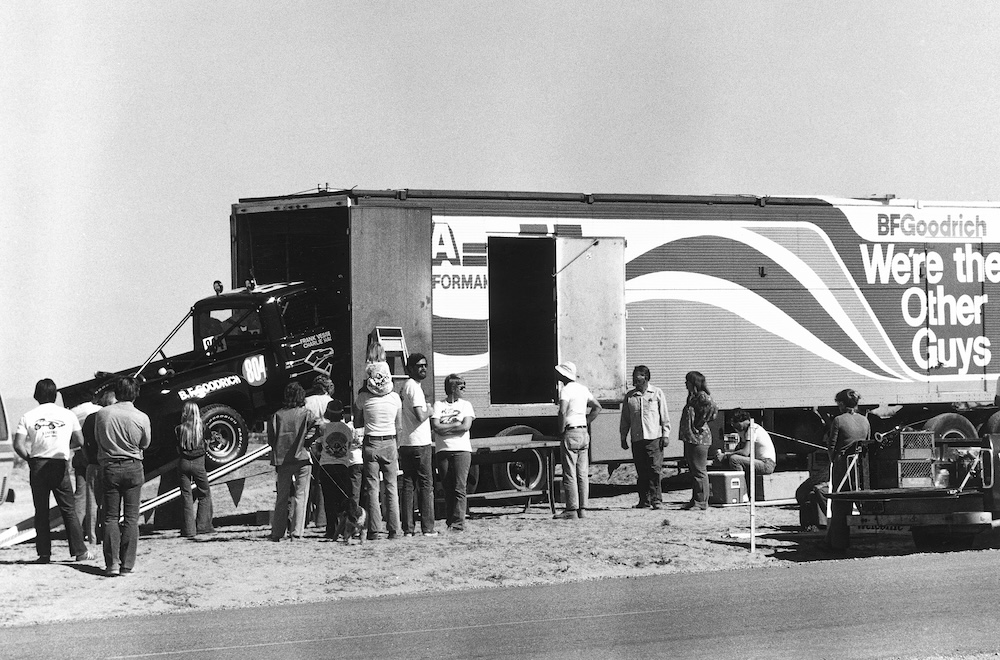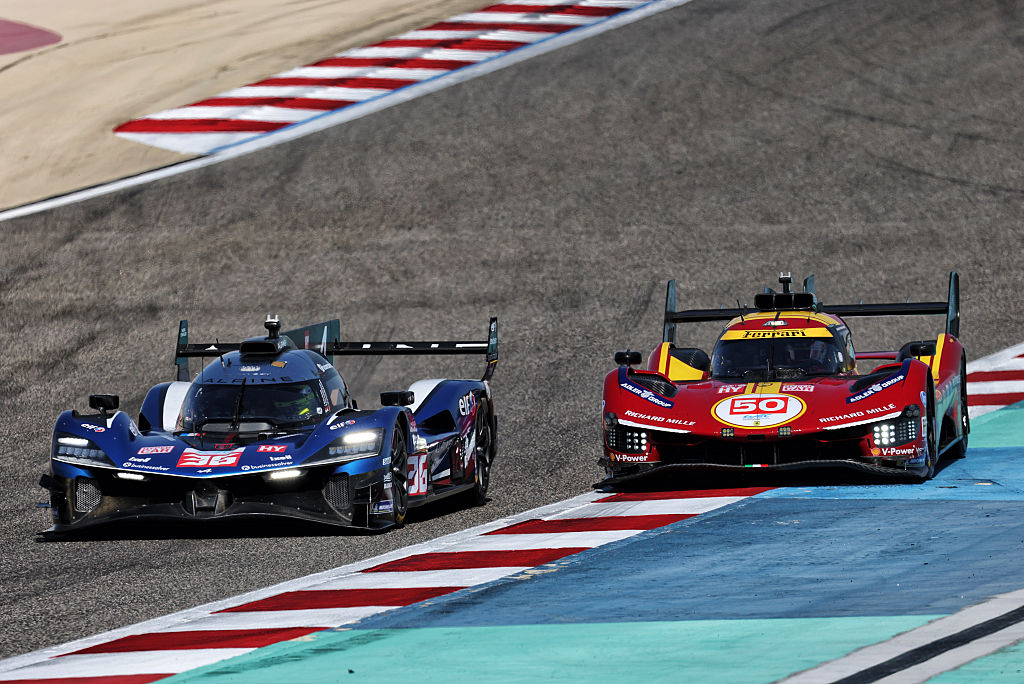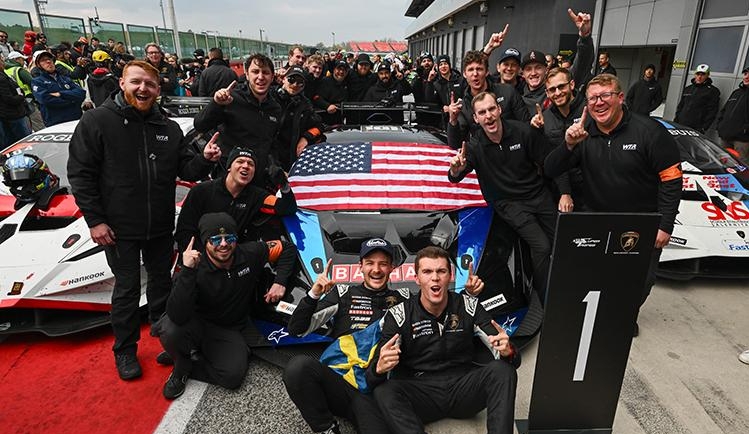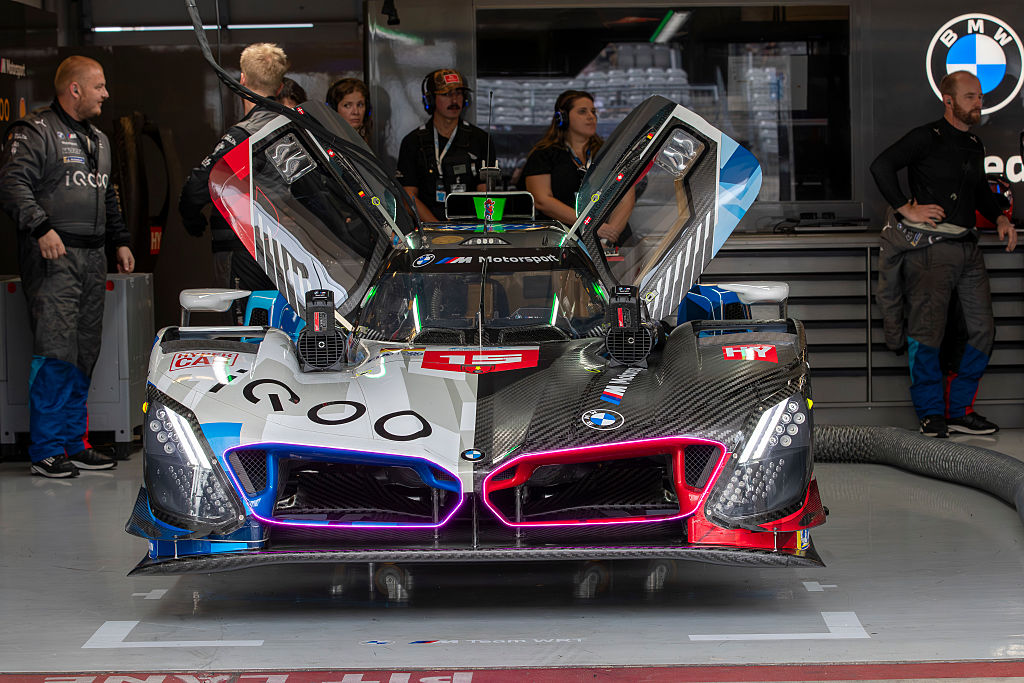
Laurent Cartalade/Getty Images
ShareThis is disabled until you accept Social Networking cookies.
BMW’s Roos details changes in the works for M Hybrid V8
After three seasons of service across the IMSA WeatherTech SportsCar Championship and FIA World Endurance Championship, it's clear that the BMW M Hybrid V8 hasn’t been slow. But as BMW M Motorsport acknowledged when it revealed a redesigned version of the M Hybrid V8 for 2026, the quest to find much-needed consistency and drivability is what drove some significant changes that will serve more than just as an aesthetic re-profiling of BMW’s challenger.
“We saw where the car could be improved is especially in drivability – drivability in traffic in terms of dirty air, and also to give the drivers a very consistent car in the race," Andreas Roos, head of BMW Motorsport, tells RACER.
“It’s not about improving pure lap time, because in the end, this is regulated by the homologation and the BOP process. But for us, it was more important to give the drivers a very consistent and good feeling with the car, [so] that they can rely on what the car is doing and always, especially, know how the car is behaving. We saw that we can improve this especially in the front aero section.”
The new design with smaller kidney grills – which counts as an Evo "joker" update – lines up with last Friday’s launch of the BMW iX3, the first of BMW’s Neue Klasse line of electric production vehicles.

Revised kidney grilles are just the start of the changes for the 2026 BMW M Hybrid V8. BMW Motorsport photo
And it’s more than just for looks that the divisive wide-nostril interpretation of BMW’s kidney grill design has been given a facelift, as Roos expects the car to benefit on every type of track from these changes.
“The first focus was clearly the purpose and the aero is improved. In this process, we also saw that we can do some improvement and some update on the design of the car. But I think clearly you still see that it’s a BMW with the kidneys,” he says.
“We don’t build a car only for one track. At the end, we run eight races [in the WEC], and it should be an improvement on all tracks. We went through a normal development process: We saw what we can improve, and then we started with simulations with how to improve.
“Then we gave to the aero guys some targets of what we want to reach. They did a lot of CFD work, and then we went through the process from CFD work, to model wind tunnel, full-scale, and so on. It’s nice to see that we have a very good correlation in the whole process. And when we ran it the first time at Paul Ricard, all of the drivers said you can feel it.”
That should serve BMW well heading into 2026. The 2026 M Hybrid V8 tests for the first time in America this week, following the WEC Lone Star Le Mans. It will also run in the IMSA Sanctioned Test at Daytona International Speedway this autumn, ahead of its debut at the 2026 Rolex 24 At Daytona.
The German manufacturer shot down any notion that BMW would scale its IMSA commitments back to a Michelin Endurance Cup-only program as the M Hybrid V8 will run both IMSA and WEC on a full-time basis.
As RACER has previously reported, it is expected that BMW M Team WRT will operate the M Hybrid V8 on both coasts, with an official announcement to come soon. In the meantime, WRT has two more chances, at Fuji Speedway and Bahrain International Circuit, to give the M Hybrid V8 its first WEC victory before the new design hits the track for its first race.
“We still hope that we can fight for podiums, and maybe a first WEC win is also possible,” Roos says. "Last year, we also had a very strong race in Fuji, which is incoming. We want to win as many races as we can – and hopefully it plays out.”
Topics
ShareThis is disabled until you accept Social Networking cookies.
R.J. O'Connell
Read R.J. O'Connell's articles
Latest News
Comments
Disqus is disabled until you accept Social Networking cookies.

